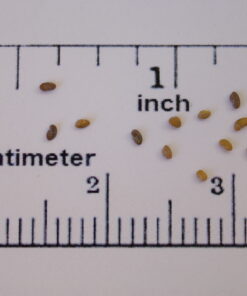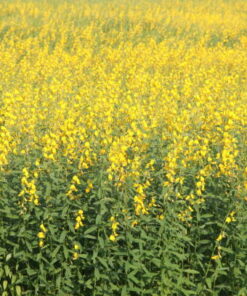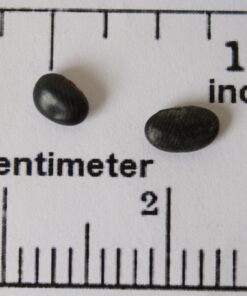Piper Sudan
$59.00 /50 lbs. (50 pound bag)
Piper Sudan is not a Hybrid Sudan. Piper Sudan is an open-pollinated Sudan that is one of the parents of many Hybrid Sudan. The seed looks more like Johnsongrass and the plant grows out better than Johnsongrass but not as well as Hybrid Sudan.
40 in stock
Piper Sudan is not a Hybrid Sudan. Piper Sudan is an open-pollinated Sudan that is one of the parents of many Hybrid Sudan. The seed looks more like Johnsongrass and the plant grows out better than Johnsongrass but not as well as Hybrid Sudan.
| Weight | 51 lbs |
|---|---|
| Dimensions | 29 × 17 × 7 in |
Be the first to review “Piper Sudan” Cancel reply
You must be logged in to post a review.
Related products
Ace is a small seeded cultivar of forage cowpea (Vigna unguiculata [L.] Walp.) developed for use in wildlife supplemental plantings, cover cropping systems and legume hay production.
Many different varieties. In the black lands of Texas cotton root rot limits the life of Alfalfa to 2 to 3 years. For this reason in our locale area we only recommend Oklahoma Common Alfalfa.
Vigorous growth rate and nitrogen-fixing capabilities, making it an attractive cover crop to build residue, sequester nitrogen, suppress weeds and improve soil health. Sunn hemp is a tropical plant and requires warm soil temperatures germination.
Warm season annual grass that grows 3-5 feet tall and is considered a medium to tall millet. Dove planting should be made at 12-20 lbs. per acre.
Native, cool-season perennial which can grow up to three feet tall. The plant produces a basal rosette of leaves that can grow eight inches long.
Features: Annual crop that can produce good hay and an excellent wildlife plant for deer and birds. Deer enjoy grazing soybeans through out the growing period and Birds enjoy the fruit.
Red winter beardless wheat that is adaptive across the south to be used as a forage wheat. Beardless wheat has little to no awns which allows continued grazing when the seed is setting in late spring.
Annual legume and the source of guar gum. Assumed to have developed from the African species Cyamopsis senegalensis.












Reviews
There are no reviews yet.